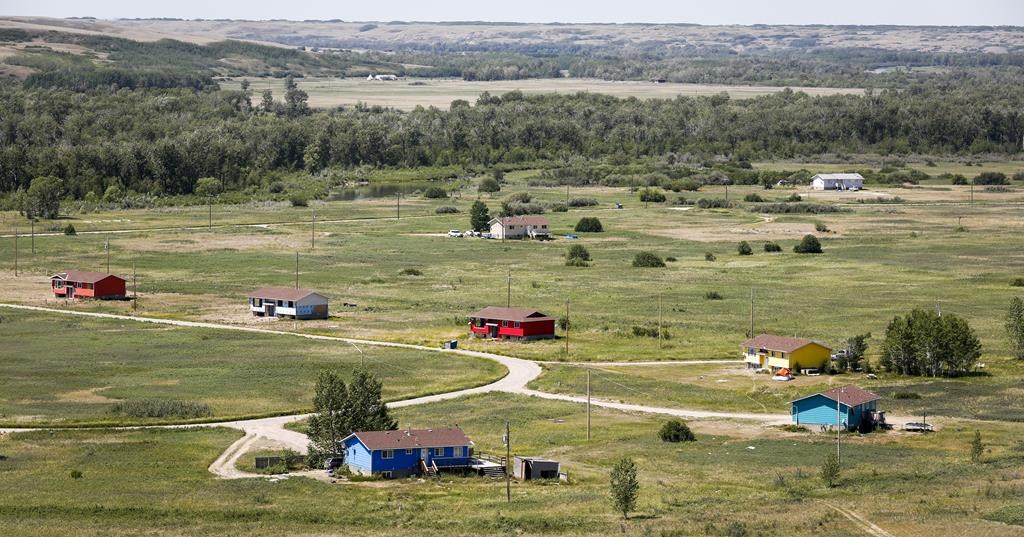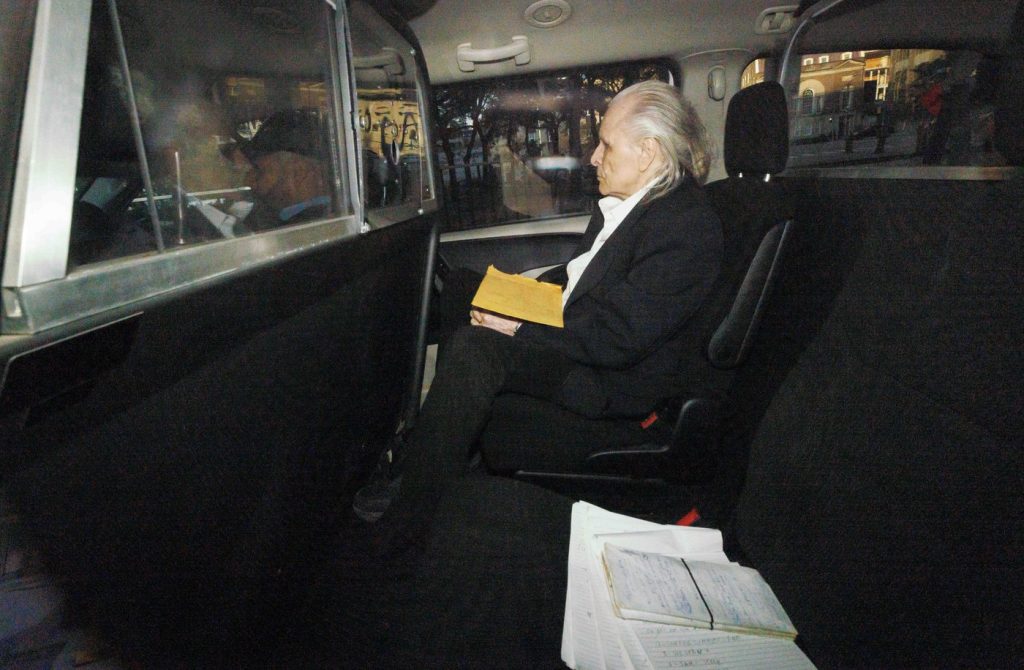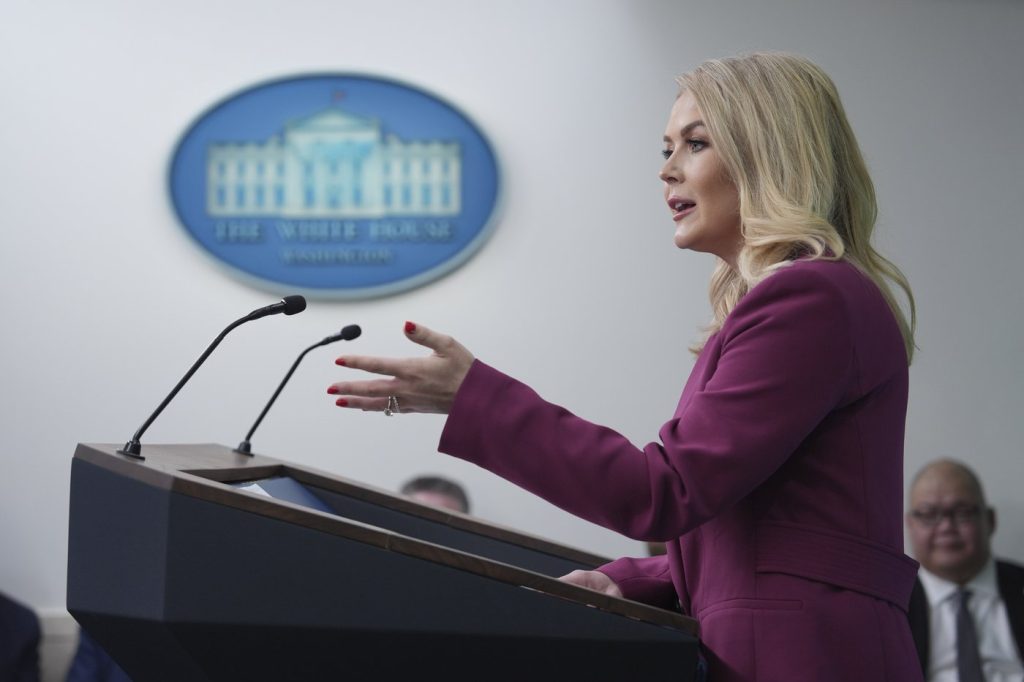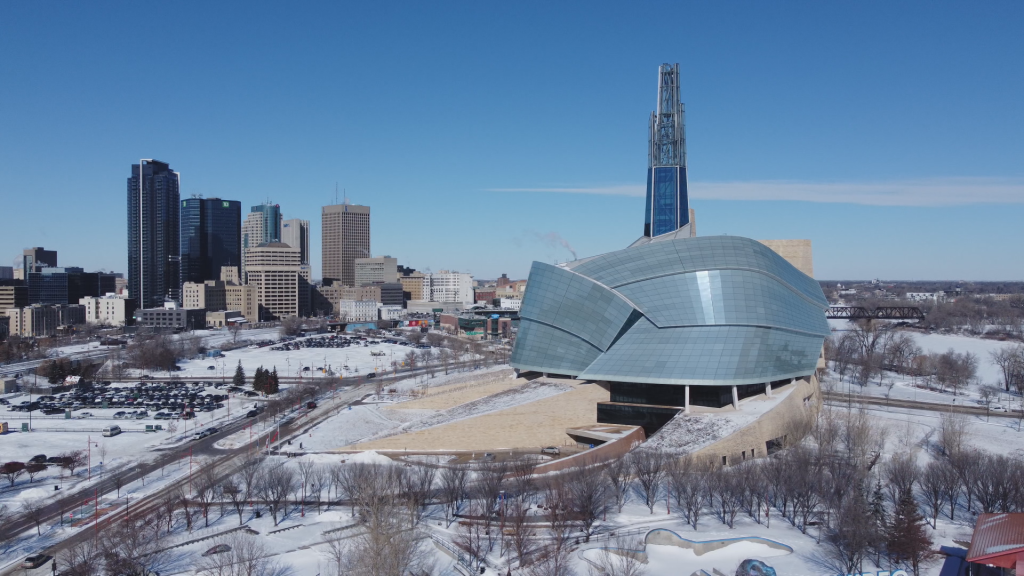Federal underfunding Indigenous housing leads to years-long wait-lists, frustration

Posted August 19, 2023 5:00 am.
OTTAWA — Stefania Giesbrecht was hoping that by the time she finished her studies, she could move back to her community of Saugeen First Nation.
But after nine years on a wait-list, the single mother of three said she has no idea when she will be able to make the move to the community on the shores of Lake Huron near Owen Sound, Ont.
“I put myself onto the waiting list, and my mother went on the waiting list and my sister went on the waiting list,” she said.
“And none of us have got any updates.”
Giesbrecht said she wants to live on-reserve to immerse her children in their culture. That is something her mother couldn’t do as a child of the ’60s Scoop, when Indigenous children were forcefully removed from their families and placed in foster homes by child-welfare authorities.
Giesbrecht said she doesn’t blame the community leadership, often referred to as band office officials, for the lengthy wait.
But she does hold the federal government accountable for chronic underfunding that has affected generations, and makes it difficult for First Nations communities to grow in size.
“When the Canadian government intended to assimilate Indigenous people into the body politic, they had no intention of providing us housing for a bigger populace,” she said.
Canada’s housing shortage has become a major issue in federal politics as people struggle to afford home prices and rent.
But in some Indigenous communities, inadequate housing is nothing new.
Prime Minister Justin Trudeau’s government has put an emphasis on advancing reconciliation, which is the language it uses when highlighting federal investments in Indigenous housing.
Expectations were high when the confidence-and-supply agreement between the Liberals and the NDP listed a “significant additional investment in Indigenous housing in 2022” as a shared commitment.
The Assembly of First Nations had said there was a need for $44 billion to address current on-reserve housing needs alone, plus another $16 billion to account for projected population growth to 2040. Indigenous Services Minister Patty Hajdu noted that figure when told the Globe and Mail ahead of last year’s budget that she had made an “ambitious” request, although she did not detail the specific amount she had wanted to see.
The 2022 federal budget ended up committing $4 billion over seven years for building and repairing housing in Indigenous communities, including $2.4 billion over five years for housing on First Nations reserves.
The investments fall far short of what communities say they need.
Only a few thousand people live on-reserve in Peguis First Nation, north of Winnipeg, but there is a shortage of 800 homes.
Chief Stan Bird said families are forced to live in overcrowded homes and the situation is becoming more dire.
One family of 11 is sharing a three-bedroom home, he said. Two of the people living there have chronic health conditions.
“We’re in a housing crisis,” said Bird. “We’ve been in this position for a number of years.”
That is leading to mental-health challenges and tensions in the community as families become increasingly desperate.
Bird said people in his community have tried to make do.
“Our people have been subjected to things that most families in Canada would not even begin to think is possible in someone’s life,” he said.
He said he also wonders how the existing houses can be improved structurally to prevent mould, which is becoming more common with flooding in the community.
“People are tired — I’m tired,” Bird said. “People are growing angry.”
Cindy Woodhouse, the Manitoba regional chief for the Assembly of First Nations, said the housing crises on reserves is the result of “decades of underfunding.”
Still, the advocacy organization is hoping it can close the gap before 2030.
The AFN is working with the federal government to co-develop and implement a national strategy for First Nations housing and related infrastructure. As of August, the estimated cost to bring housing and infrastructure on reserves up to general Canadian standards is more than $342 billion, with housing alone accounting for $135 billion of that.
Those numbers will continue to rise unless the problem is addressed now, she said. And the solutions go beyond more shovels in the ground and more renovations.
In some cases, it means the re-appropriation of land to increase the boundaries of reserves and make space for homes.
“We don’t want anything more than any other Canadian wants,” said Woodhouse. “We want to have good water, a good home, a safe home.”
“And not be super overcrowded with 30 people in a house.”
But problems persist, including with intergovernmental relations. Many First Nations leaders worry their concerns are not taken as seriously as they should be by federal and provincial governments.
The lack of adequate federal investment in Indigenous housing is also a concern off-reserve.
Margaret Pfoh, the CEO of the Aboriginal Housing Management Association, said whether the focus is on urban Indigenous populations or a distinction-based approach, which means working with First Nations, Métis, and Inuit tailored to their different needs, “most of what we’re seeing happen right now … is really by and large performative in nature.”
That’s because funding announcements have yet to lead to adequate results, she said.
A report by the parliamentary budget officer in 2021 found that after taking into account current programs, there was a $636-million annual gap between what Indigenous households in urban, rural and Northern areas can afford to pay for adequate shelter, and the cost of obtaining it.
This year’s federal budget earmarked $4 billion over seven years, starting in 2024-25, to implement an urban, rural and northern Indigenous housing strategy through the Canada Mortgage and Housing Corp. that is co-developed with First Nations, Inuit and Métis. That was on top of the $300 million over five years in the 2022 budget.
But that is less than what the National Housing Council, an advisory body to the federal government, had said was needed. The council had recommended at least $6.3 billion over two years beginning in 2022-23.
In June, the federal government also announced $287.1 million of “immediate funding” to address the critical need for safe and affordable Indigenous housing projects.
Nunavut MP Lori Idlout, the Indigenous critic for the NDP, said that is “just a drop in the bucket.”
“What we were able to get through the supply-and-confidence agreement, while it wasn’t enough, was more than what had been invested the last few years. So we know that the need is greater than what’s being provided,” she said.
Idlout said the housing conditions on-reserve often lead people to leave for urban centres. But many of those who leave end up homeless elsewhere, she said.
She said she hopes to see the federal government recognize the need for other infrastructure as well.
“Many communities ask for shelters, they ask for transition homes, they ask for wellness, recovery or treatment centres. These are the solutions that Indigenous Peoples have been saying they’ve been needing for years.”
This report by The Canadian Press was first published Aug. 19, 2023.
Nojoud Al Mallees and Alessia Passafiume, The Canadian Press








